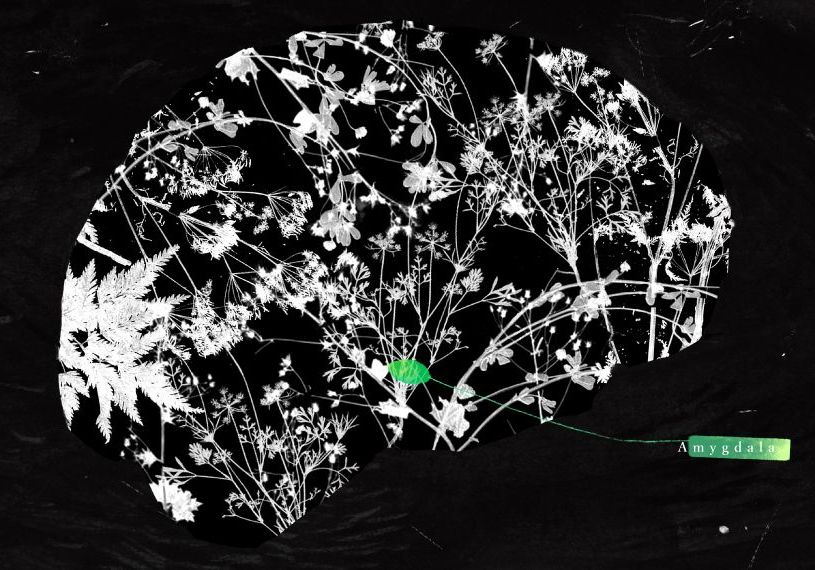The amygdala is the brain’s surveillance hub: involved in recognizing when someone with an angry face and hostile body language gets closer, tamping down alarm when a honeybee buzzes past, and paying attention when your mother teaches you how to cross the street safely and points out which direction traffic will be coming from — in other words, things people should run away from, but also those they should look toward, attend to and remember.
In that sense, researchers say, this little knot of brain tissue shows just how tangled up emotion and social behavior are for humans. “Important events tend to be emotional in nature,” as do most aspects of social behavior, says John Herrington, assistant professor of psychiatry at the Children’s Hospital of Philadelphia in Pennsylvania.
As a result, the amygdala has long been a focus of autism research, but its exact role in the condition is still unclear.
